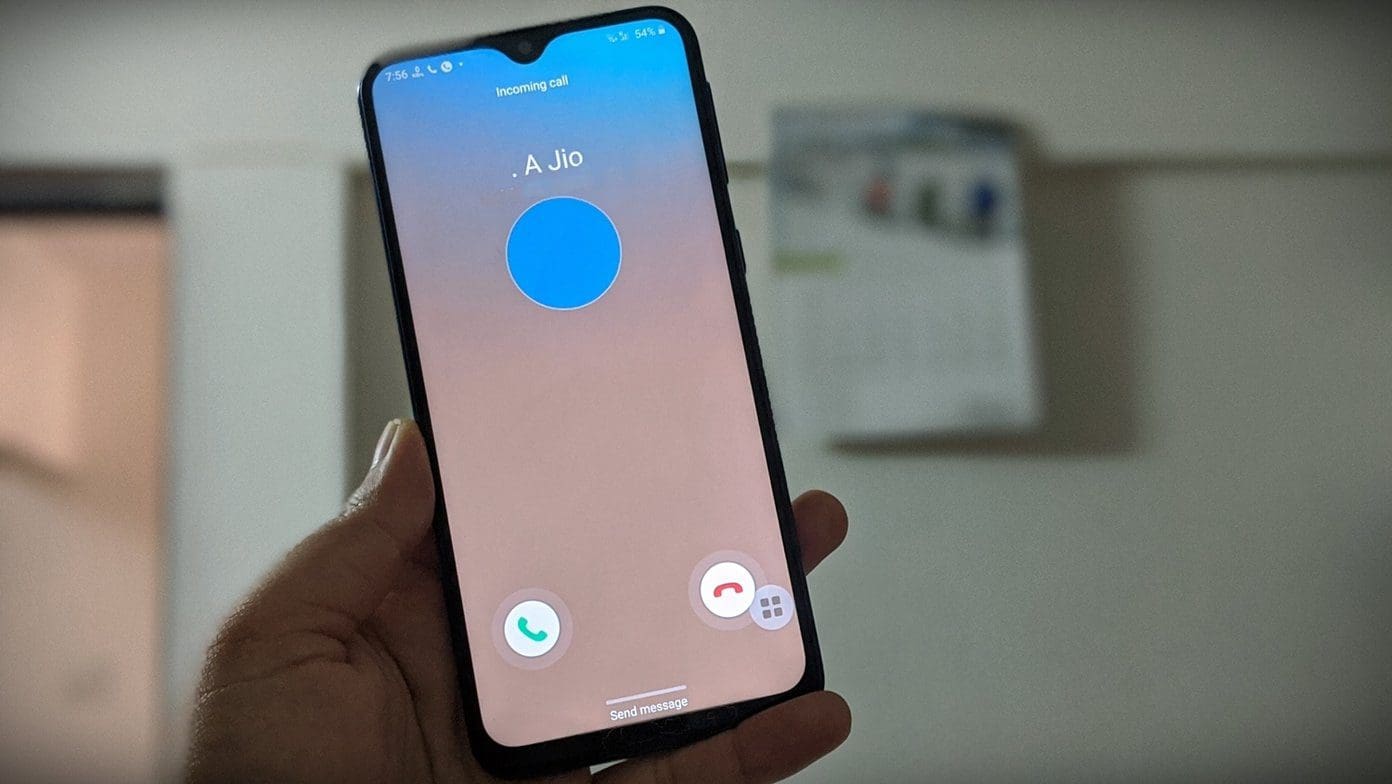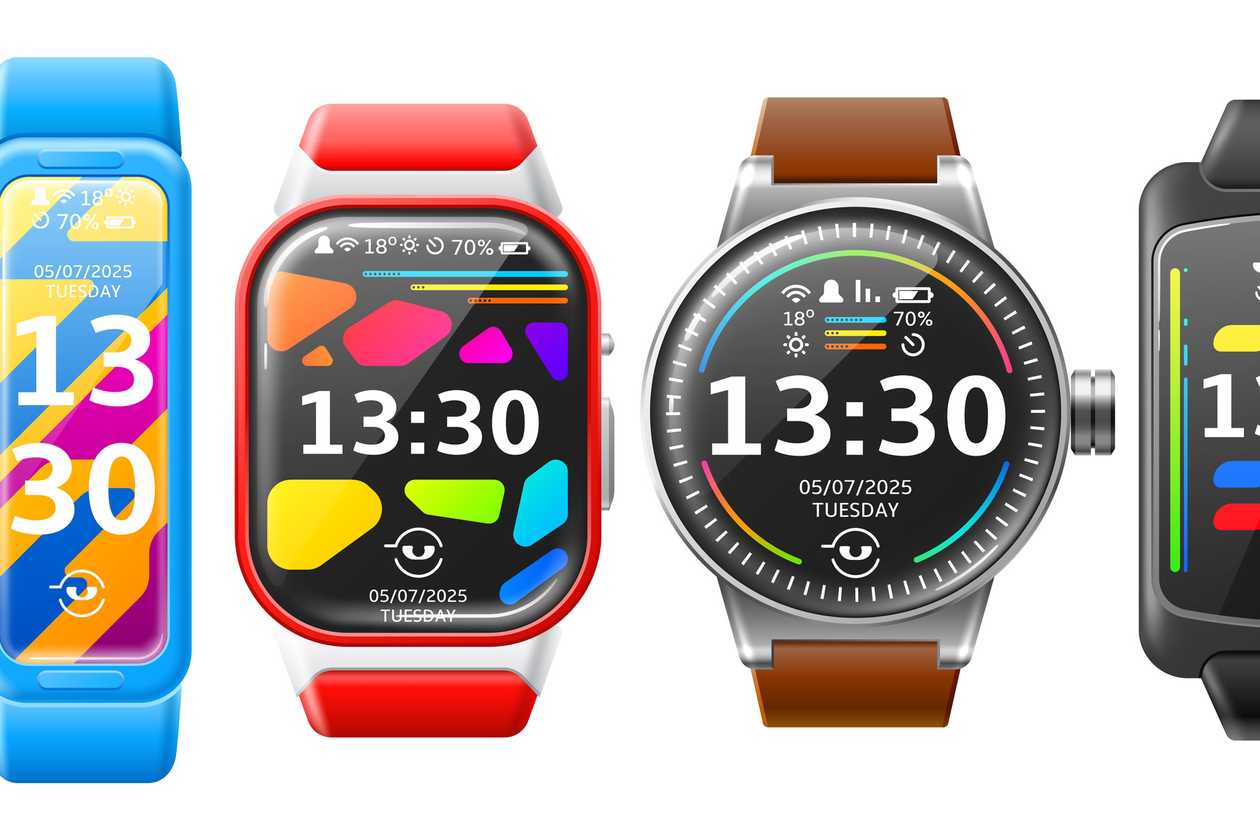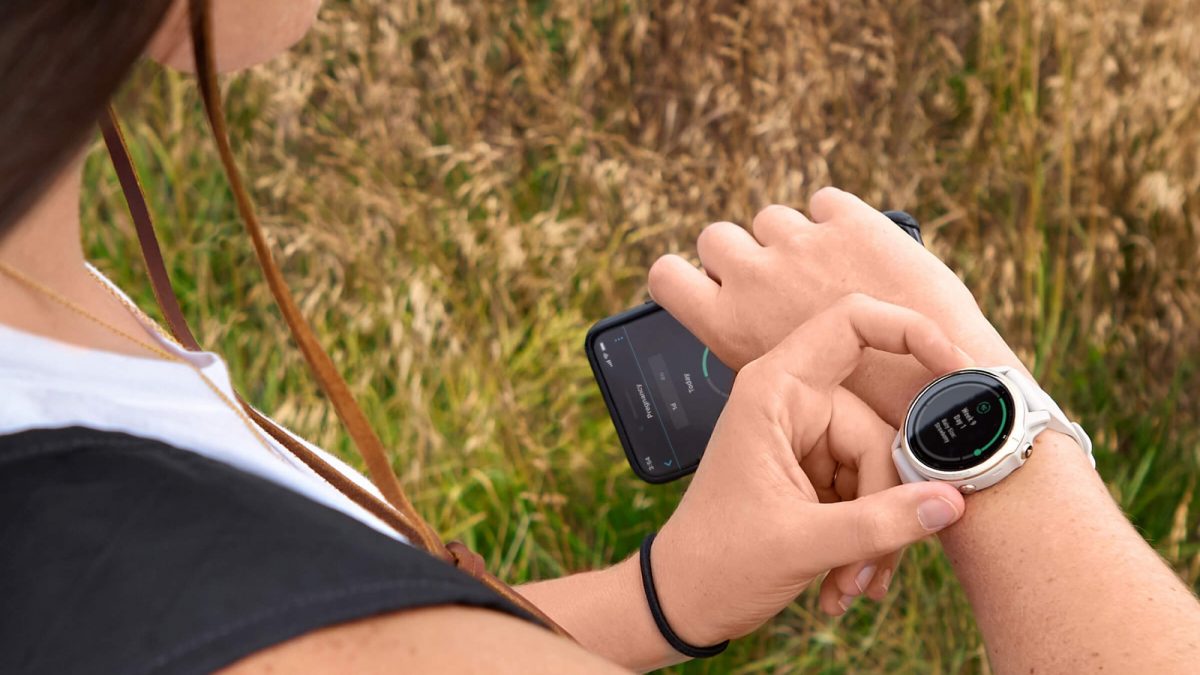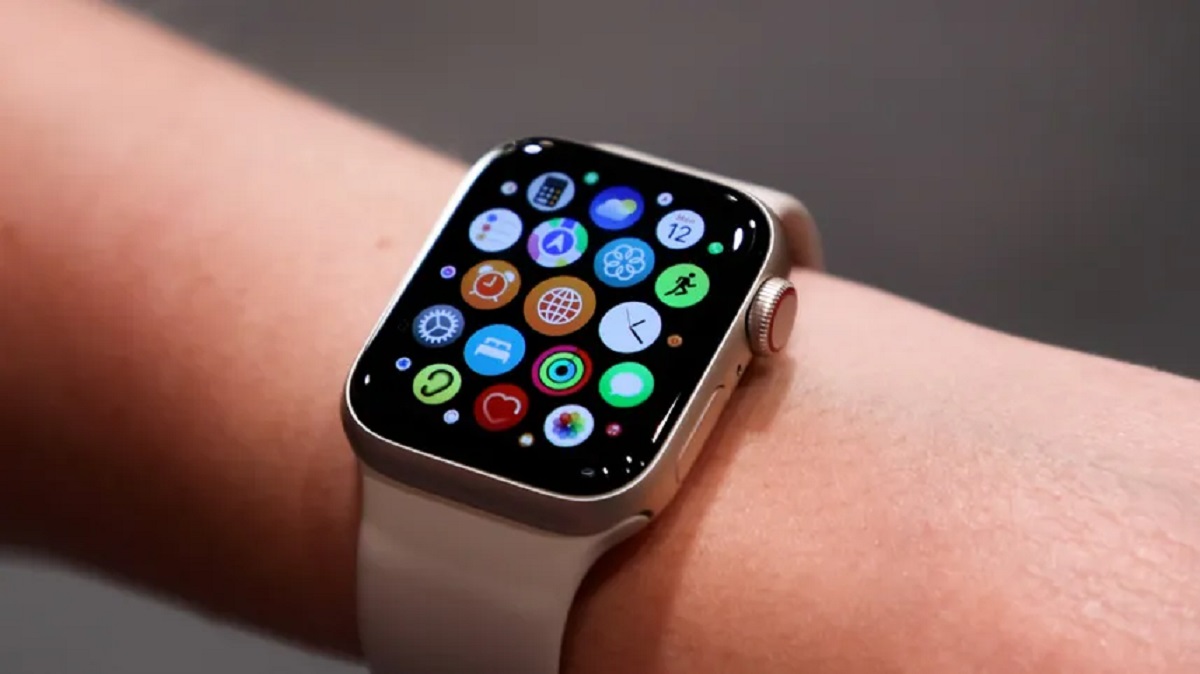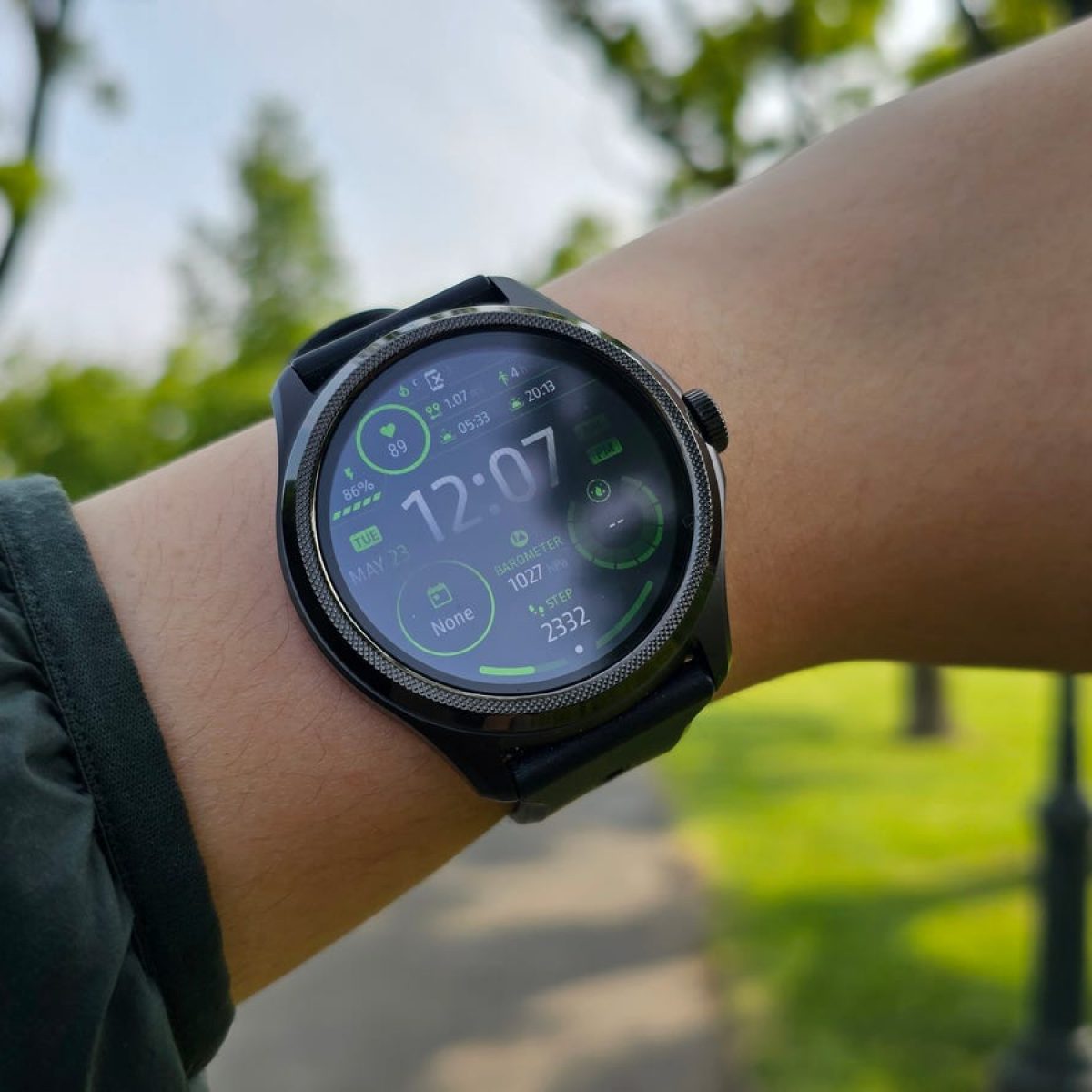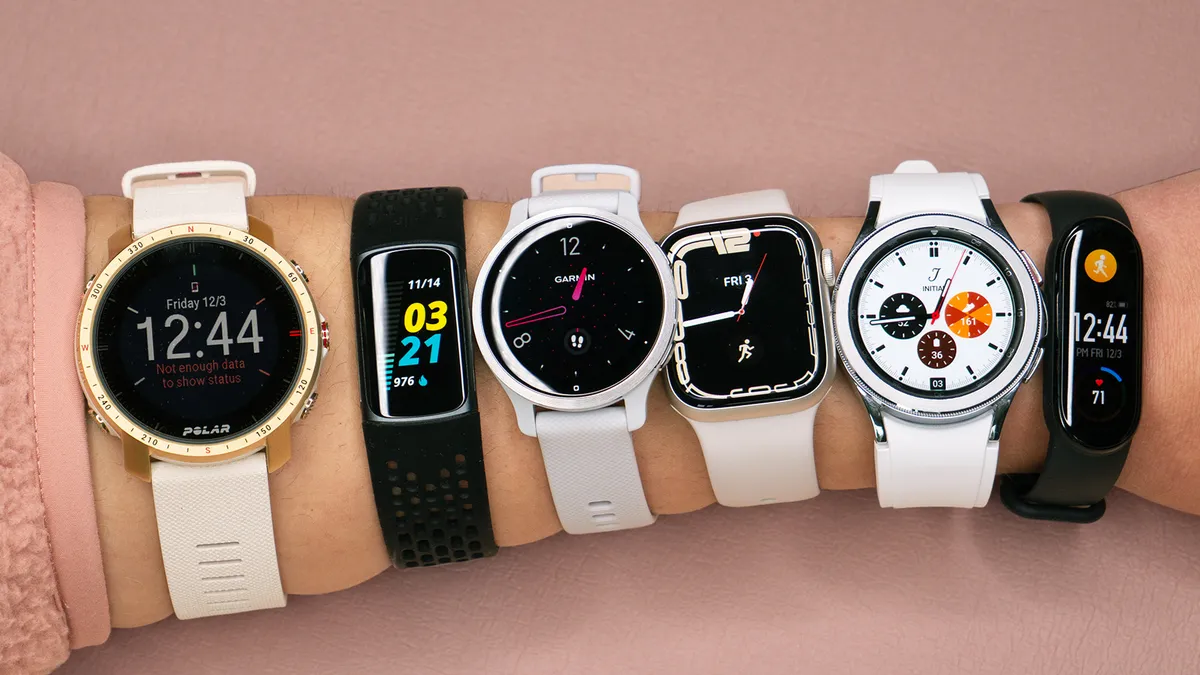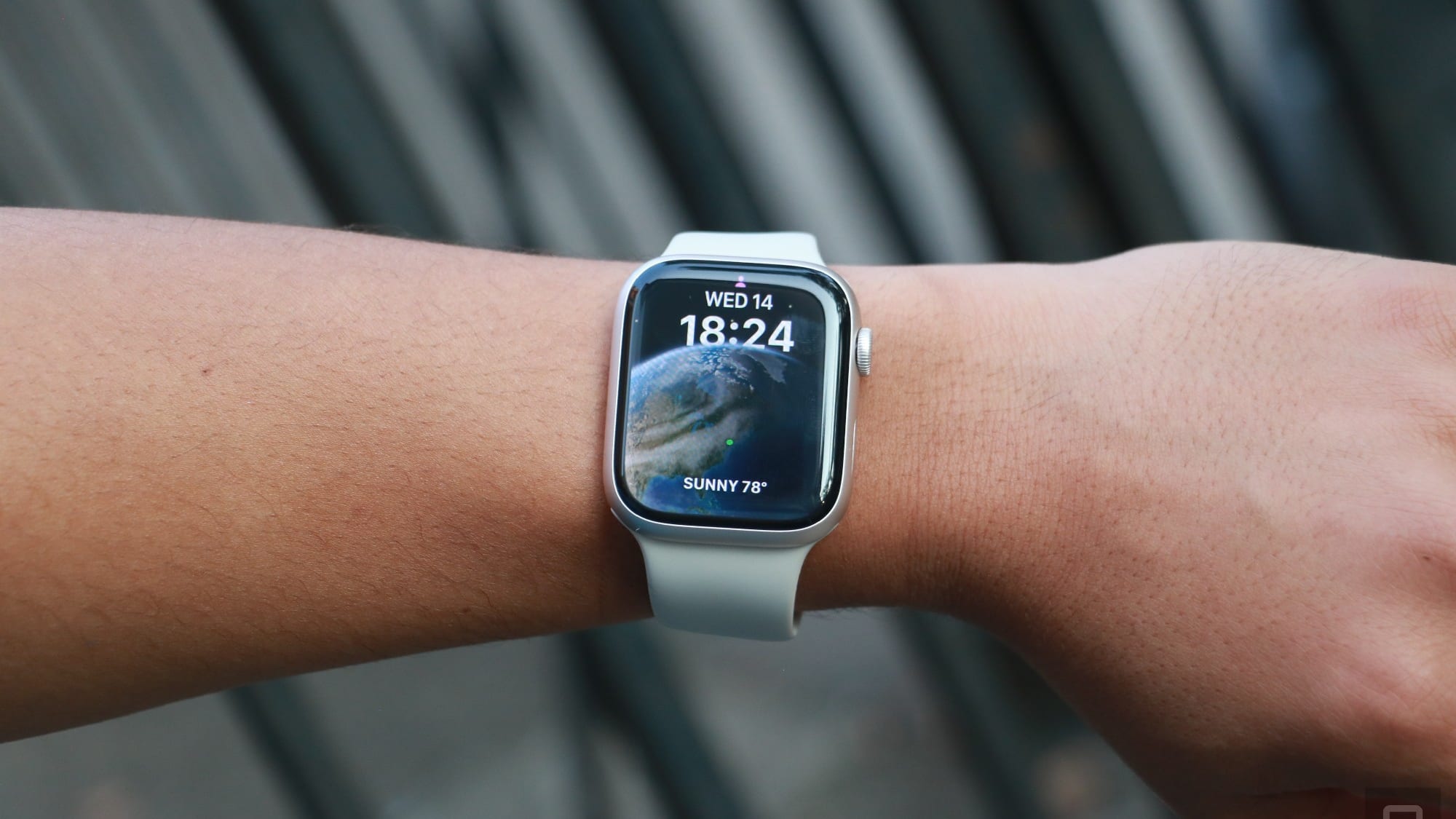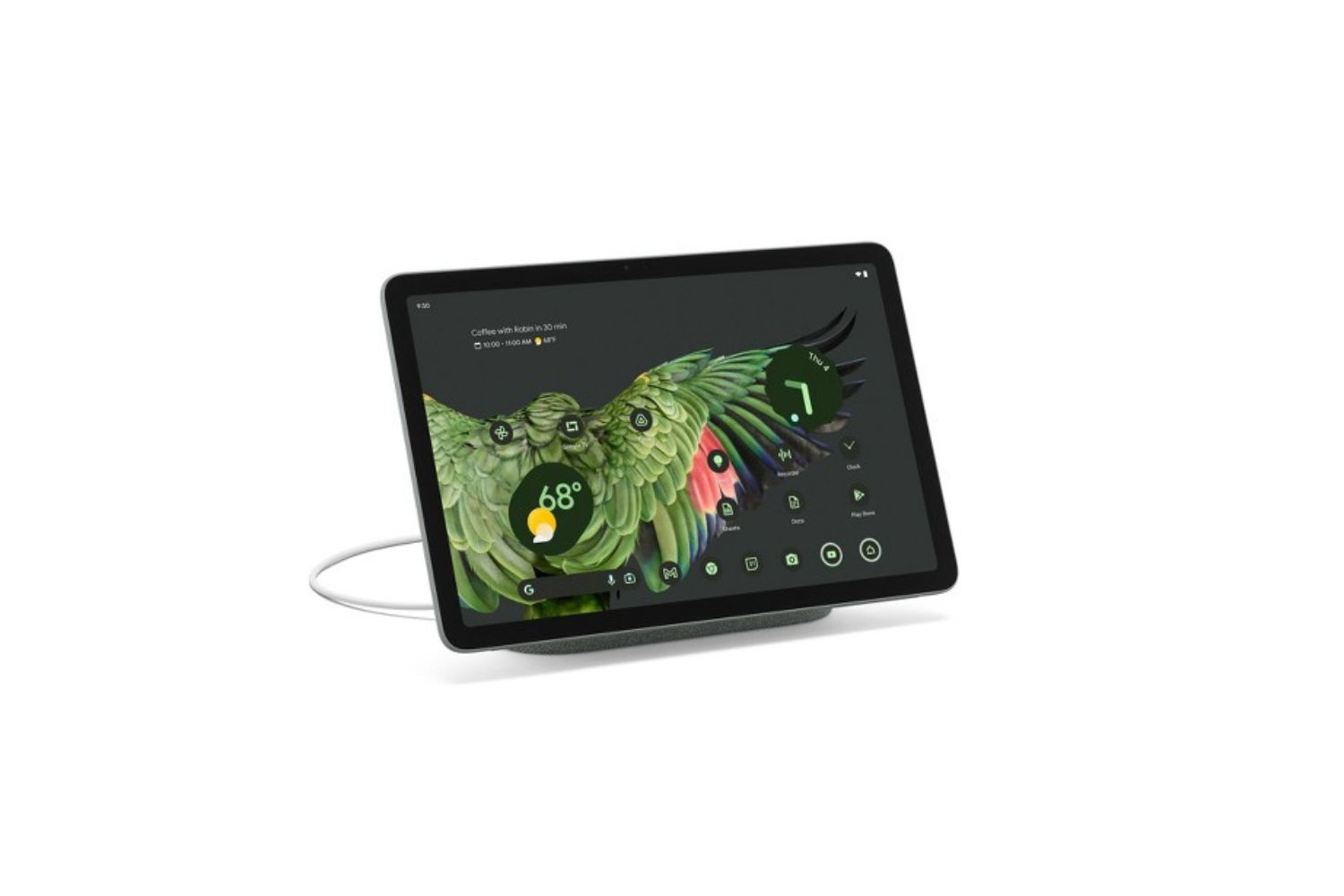Introduction
Welcome to this guide on how to effectively answer Android phone calls. Answering phone calls is a basic yet essential function of any smartphone, and mastering this feature will ensure that you never miss an important call again. Whether you’re a new Android user or simply looking to improve your phone call handling skills, this guide has got you covered.
Throughout this article, we will cover various aspects of answering phone calls on an Android device, including basic phone call functionality, interactive phone calls, using voice commands, and troubleshooting common call issues. By the end of this guide, you’ll have a comprehensive understanding of how to handle incoming calls on your Android phone with ease.
With the ever-advancing technology in Android devices, there are now multiple ways to answer phone calls. From traditional swipe gestures to voice commands, Android phones offer a range of options to cater to different preferences and needs. Whether you prefer a hands-on approach or a more seamless and interactive experience, we will explore all the different aspects of answering phone calls on an Android phone.
Moreover, we’ll delve into the world of voice commands, allowing you to answer calls without lifting a finger. Android devices come equipped with powerful virtual assistants like Google Assistant, which can make answering calls as simple as speaking a command. We’ll guide you through the process of setting up and using voice commands effectively to answer phone calls hands-free.
Lastly, we understand that sometimes phone calls can present challenges, such as poor call quality or issues with call forwarding. In the troubleshooting section, we’ll provide helpful insights and solutions to common call issues, ensuring that you can address any problems that may arise with the utmost efficiency.
So, whether you’re eager to learn the basics or looking to dive deeper into advanced phone call functionalities, this comprehensive guide will equip you with the knowledge and skills to answer Android phone calls like a pro. Let’s get started with the basics of answering phone calls on your Android device.
Part 1: Basic Phone Calls
Answering basic phone calls on your Android device is quite simple and straightforward. When a call comes in, your phone will alert you with a ringing sound and display the caller’s information on the screen. To answer the call, you have a few options:
- Swipe to Answer: The most common method is to swipe the call icon to the right. This action will answer the call and connect you with the caller immediately.
- Tap the Answer Button: Alternatively, you can tap the answer button displayed on the screen to receive the call. The answer button is generally labeled with “Answer” or a phone icon.
Once you’ve answered the call, you can engage in a conversation with the caller. The call screen will typically display essential features such as the caller’s name or number, call duration, and various call controls, including mute, speakerphone, and end call.
During the call, you have the option to adjust the call volume by using the volume keys on the side of your device. You can also switch between the earpiece and speakerphone mode by tapping the speakerphone icon on the call screen.
If you receive an incoming call while already on a call, you can handle it in a few different ways:
- Hang Up and Answer: You can choose to end the active call and answer the incoming call. Simply tap the “End Call” button, which is usually indicated by a red phone icon, and then answer the new call using the methods mentioned above.
- Ignore and Send to Voicemail: If you’re occupied and cannot answer the incoming call, you can ignore it and let it go to voicemail. To do this, swipe the call icon to the left, or tap the “Ignore” or “Decline” button on the screen.
That’s it for the basics of answering phone calls on your Android device. In the next section, we will explore more interactive ways to handle phone calls, including call screening, call hold, and call waiting features.
Part 2: Interactive Phone Calls
Android devices offer various interactive features that allow you to manage phone calls more efficiently. These features are designed to enhance your calling experience and provide you with greater control over your conversations. Let’s explore some of these interactive phone call functionalities:
- Call Screening: Call screening is a useful feature available on Android phones that enables you to view additional information about the caller before answering the call. This information can include the caller’s name, photo, location, or even the reason for the call. By screening calls, you can make an informed decision on whether to answer the call or send it to voicemail.
- Call Hold: During a phone call, you may need to put the current call on hold momentarily. This feature allows you to place the caller on hold and perform other tasks on your device. To put a call on hold, tap the “Hold” button on the call screen. You can then retrieve the call by tapping the “Resume” button when you’re ready to continue the conversation.
- Call Waiting: If you’re on a call and receive another incoming call, the call waiting feature allows you to see the second caller’s information and choose whether to answer or ignore the call. You can switch between the active call and the new call by tapping the call waiting notification or using the on-screen call controls.
In addition to these interactive features, Android phones also offer a range of options to customize your calling experience. You can personalize your call settings, such as enabling or disabling call recording, setting up call forwarding, and blocking unwanted calls from specific numbers.
To access these features and settings, open the Phone app on your Android device and navigate to the “Settings” or “Call Settings” section. Here, you’ll find a wealth of options to tailor your phone call experience to suit your needs.
Now that you’ve learned about the interactive phone call features available on Android devices, you’re well-equipped to handle phone calls with ease. In the next section, we will explore how to use voice commands to answer calls, making the process even more convenient and hands-free.
Part 3: Using Voice Commands
One of the key advantages of using an Android phone is the integration of voice commands, which can greatly enhance your phone call experience. With voice commands, you can answer incoming calls without even touching your device. Here’s how you can utilize voice commands to handle calls on your Android phone:
Setting up Voice Recognition:
Before you can use voice commands to answer calls, you need to ensure that voice recognition is enabled on your device. To do this, follow these steps:
- Open the Settings app on your Android phone.
- Select “Accessibility” or “Accessibility & dexterity.”
- Tap on “Google Assistant” or “Voice Access.”
- Toggle the switch to enable voice recognition.
Once voice recognition is enabled, you can start using voice commands to answer incoming calls.
Answering Calls with Voice Commands:
When you receive an incoming call, you can use voice commands to answer it hands-free. Simply say the wake phrase followed by the command to answer the call. For example, you can say:
- “Hey Google, answer the call”
- “OK Google, pick up the phone”
Your Android phone will then automatically answer the call on your behalf.
Using Additional Voice Command Features:
Besides answering calls, voice commands can also be used for a variety of other call-related tasks. For instance, you can use voice commands to:
- Reject calls: “Hey Google, reject the call”
- End calls: “OK Google, hang up”
- Redial the last number: “Hey Google, redial”
- Call a contact: “OK Google, call [contact name]”
- Put calls on speakerphone: “Hey Google, switch to speakerphone”
- Mute or unmute calls: “OK Google, mute the call”
Remember, using voice commands during calls can significantly enhance your phone call experience, providing you with hands-free control and convenience.
Now that you’ve learned how to use voice commands to handle incoming calls, let’s move on to Part 4, where we’ll discuss troubleshooting common issues that may arise during phone calls.
Part 4: Troubleshooting Call Issues
While Android phones generally provide a smooth and reliable calling experience, there may be times when you encounter certain issues during phone calls. Understanding how to troubleshoot these common call issues can help ensure that your calls go smoothly. Here are some troubleshooting tips for common call issues:
Poor Call Quality:
If you’re experiencing poor call quality, such as dropped calls or choppy audio, try the following solutions:
- Ensure that you have a strong and stable network connection. Move to an area with better signal reception or switch to a different Wi-Fi network if possible.
- Check if the issue persists with multiple callers. If it only occurs with a specific person, contact them to verify if the problem lies on their end.
- Restart your Android device and make sure it has the latest software updates installed.
- If the problem persists, contact your service provider for further assistance.
Call Forwarding Issues:
If you’re having trouble with call forwarding, follow these troubleshooting steps:
- Ensure that call forwarding is properly set up in your phone settings. Open the Phone app, go to “Settings” or “Call Settings,” and check the call forwarding options.
- Verify that you’re entering the correct forwarding number. Any errors in the number can lead to issues with call forwarding.
- Try disabling call forwarding temporarily and then re-enabling it to refresh the settings.
- If the problem persists, contact your service provider or consult the device manufacturer for further assistance.
Call Drop Issues:
Call drops can be frustrating, but you can try the following steps to address the issue:
- Ensure that you have a strong and stable network connection. If you’re in an area with weak signal reception, try moving to a different location.
- Disable any call-blocking or spam-blocking apps that might interfere with the call connection.
- Check if the issue occurs with multiple callers. If it only happens with specific contacts, contact them to check if the problem lies on their end.
- If the problem persists, contact your service provider for further assistance.
These troubleshooting tips should help you address common call issues on your Android device. If the problem persists or you’re facing other specific issues, consult your device’s user manual or reach out to the customer support of your device manufacturer or service provider for further assistance.
With the knowledge gained from this troubleshooting section, you are now well-equipped to handle various call issues and maintain a smooth calling experience on your Android device.
Conclusion
Congratulations! You have learned how to answer Android phone calls like a pro. In this guide, we covered a range of topics to help you master the art of call handling on your Android device.
We started with the basics, exploring the various ways to answer phone calls using swipe gestures and on-screen buttons. We then delved into the interactive features available on Android phones, such as call screening, call hold, and call waiting, allowing you to manage your conversations more efficiently.
Next, we discussed the convenience of using voice commands to answer calls hands-free. By enabling voice recognition and utilizing voice commands, you can handle incoming calls effortlessly, even without touching your device.
Finally, we addressed common call issues and provided troubleshooting tips to help you overcome poor call quality, call forwarding issues, and call drops. Armed with these troubleshooting techniques, you can ensure that your phone calls are smooth and uninterrupted.
Remember, practice makes perfect. Take some time to familiarize yourself with the specific call features and settings on your Android device. Experiment with voice commands and explore additional customization options to further enhance your calling experience.
Now that you have a comprehensive understanding of how to answer Android phone calls, you can confidently manage your incoming calls and stay connected with friends, family, and colleagues.
Thank you for joining us on this journey to becoming a phone call handling expert on your Android device. Enjoy your improved calling experience!







